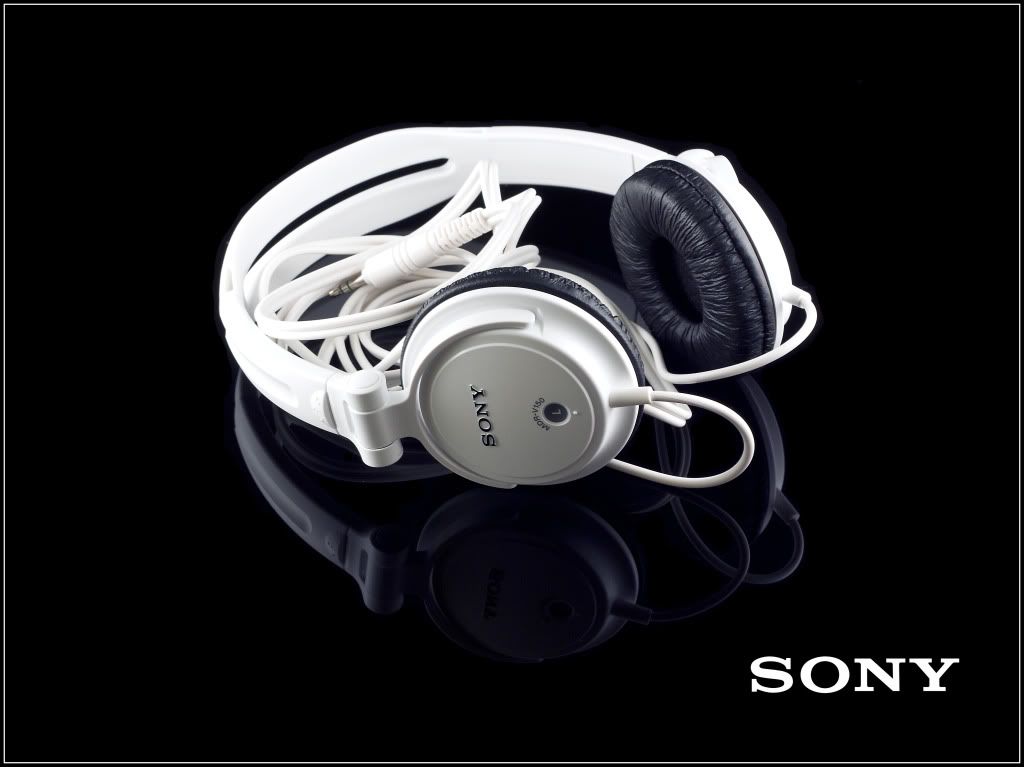Hello
I have lots of products i need to take pictures of, they are all quite small.
Is there any kind of lighted box solution I can buy that i just put the product in, take a picture and it'll be good to go with a pure white background?
I currently pay approx £3-4 per product photo (still, no 360) and due to the number of photos that need to be taken in the next 12 months i think it would be better to spend some cash now in getting my own system.
I have seen something like this: http://www.alphashot.net/make-professional-2d360-degree3d-packshots which is appproximately £5500. This would be cheaper than what i would spend with my photographer over the next 12 months plus it has the benefit of doing 360s which may be necessary later (which i dont know how much the photographer will charge for). The idea is perfect but perhaps there is a DIY way which is just as good with a saving?
I need all equiptment associated with taking the pictures, camera included.
Thanks!
I have lots of products i need to take pictures of, they are all quite small.
Is there any kind of lighted box solution I can buy that i just put the product in, take a picture and it'll be good to go with a pure white background?
I currently pay approx £3-4 per product photo (still, no 360) and due to the number of photos that need to be taken in the next 12 months i think it would be better to spend some cash now in getting my own system.
I have seen something like this: http://www.alphashot.net/make-professional-2d360-degree3d-packshots which is appproximately £5500. This would be cheaper than what i would spend with my photographer over the next 12 months plus it has the benefit of doing 360s which may be necessary later (which i dont know how much the photographer will charge for). The idea is perfect but perhaps there is a DIY way which is just as good with a saving?
I need all equiptment associated with taking the pictures, camera included.
Thanks!







